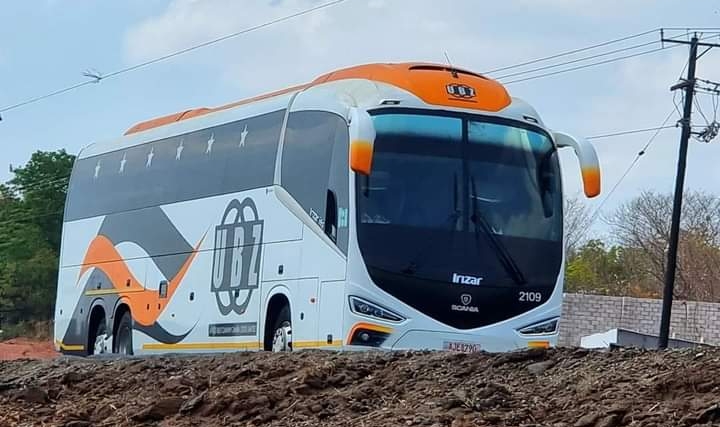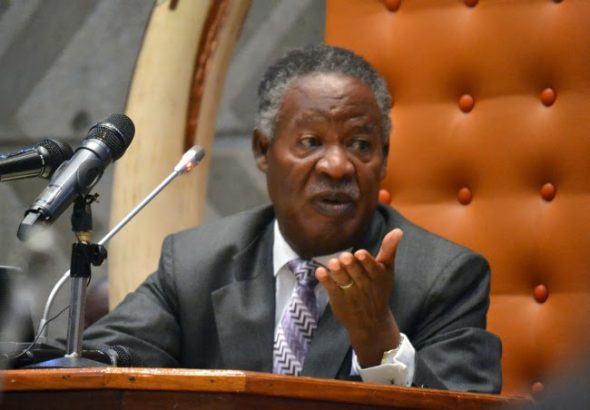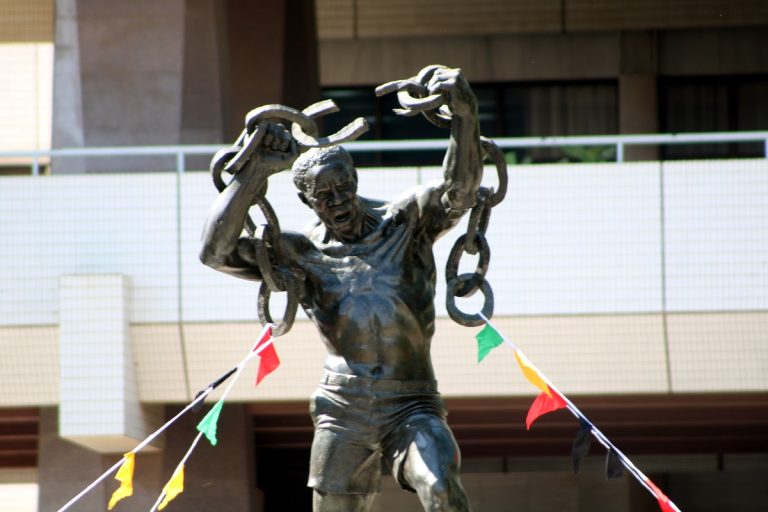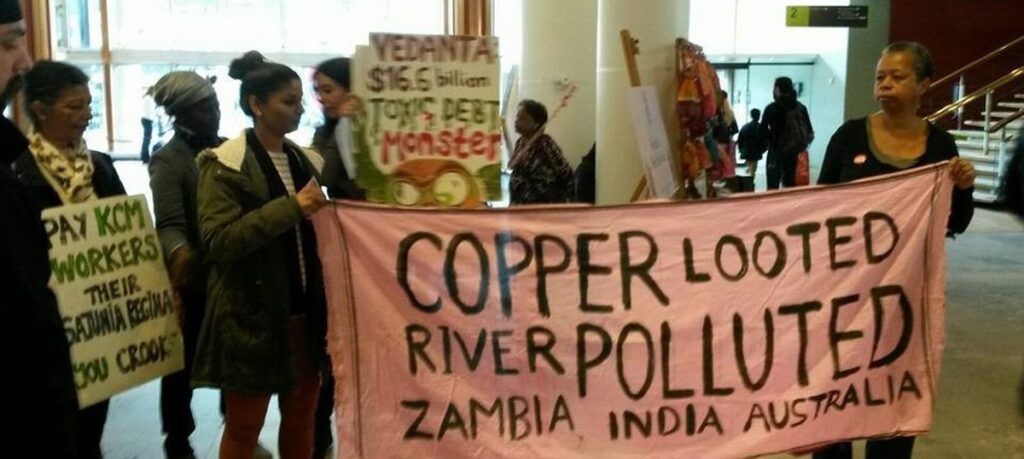
Only a visionless or extremely corrupt government would re-engage Vedanta to save KCM after such a disastrous initial mining operation.
Lusaka, July 14 – Government has announced that it has decided to re-engage Vedanta Resources as an 80% shareholder in Konkola Copper Mines and agree the terms and conditions of engagement.
Minister of Mines and Minerals Development, Hon. Paul Kabuswe, said the KCM is a shareholding structure of 80% Vedanta Resources and 20% Government through ZCCM-IH.
When we told the nation prior to the 2021 general elections that Mr. Hichilema was only good at talking, we were attacked right, left and centre, accusing us of harbouring hatred but hopefully as events slowly unfold, it’s getting clear for all to see that Mr. Hichilema had no sustainable economic development blueprint despite having been in opposition his entire political life before forming government.
Also Read: Zambia is not benefitting from its mineral resources.
Last year, we carried an article by Dr. James Musonda, a socio-political anthropologist at the Université de Liége in Belgium. Dr. Musonda argued, then, that giving KCM to Vedanta would effectively make the UPND a one-term government.
This was because should the available information on Vedanta be understood by an average person on the Copperbelt and Vedanta again failed to honour its promises, anyone that is seen to have made it possible for the company to steal for the second time would certainly suffer the consequences.
And Vedanta being its current financial woes, we believe it will struggle to honour the contract. It’s for this reason that we are shocked that Mr. Hichilema would choose to go to bed with Anil Agarwal, the majority owner of Vedanta.
◾Here, then, is a recap of the article:
1. In 2014, a video clip went viral on the Internet showing Anil Agarwal, the majority owner of Vedanta, bragging about making an easy profit of $500m each year from KCM, the mine he purchased for a mere $25m. This was despite the company declaring losses every year, and failing to invest, and failing to bring in the FDI the company had promised to develop the Konkola Deep Mine Project (KDMP).
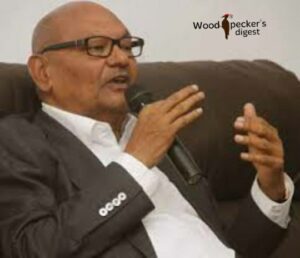
2. When Vedanta bought KCM, there was a one year gap between development (the opening of the shafts) and production (the actual production of the copper ore), but starting from 2006, the gap had reduced to just one and a half months of reserves.
3. Instead of developing underground resources, Vedanta concentrated on the surface plant concentrator to process seven million tons per annum of ore it did not produce but purchased from other countries. Jobs were created in other countries at the expense of underground miners in Zambia.
4. Vedanta mismanaged the KDMP. The initial aim of developing the KDMP was to increase production from two million tons of ore per annum to six million in the medium term and, in the long term to nine million.
This was indeed very feasible given that at Nchanga the copper deposits are found near the surface and hence cheaper to mine. On top of that, prior investments by Anglo – American Corporation of $350m before it abandoned the mine helped to modernize the shaft and infrastructure to better standards than during ZCCM.
5. But Vedanta adopted a “ruinous model of business” at KDMP by turning operational revenue into capital. Instead of investing in developing reserves, Vedanta went to the open pit, took the ore out in the quickest way possible, got the money, and built the smelter. In so doing, Vedanta effectively changed the philosophy of the business entirely from a “mining”, into a “treatment facility”.
6. Vedanta changed the design of the mine by positioning the shaft in the wrong place. To better exploit the ore body located ten kilometers long from nose to end, Vedanta needed to develop the mine to create a broad base of ore to feed processing.
Instead, Vedanta dug a very steep gradient (what experts call “diving in.”), took the ore out, leaving behind a lot of waste for a future producer to take out. In doing so, they shifted the center of gravity, sinking a shaft over one kilometer with no ore in between the two ends, where there are ores (Lee 2017, 69-70).
7. In 2014, KCM announced its intentions to retrench an excess of 1,529 employees.
8. The government immediately commenced an audit of the entire operation of KCM. The audit revealed: high indebtedness and the threat of insolvency. The total liability of the company as of 30 September 2013, stood at US$1.567bn exceeding its current assets by US$123m. It was also under the threat of receivership from Standard Bank for defaulting on its US$700m loan.
8. Yet Vedanta was unconcerned. For example, in September 2011, Vedanta prematurely recalled the US$500m loan it had given to KCM earlier which was supposed to have been repaid in 2012.
9. Vedanta also failed to fulfill its commitment to inject US$397m into KCM as FDI.
Also Read: Canadian looting of Zambian resources led to debt crisis.
“In 2006, Zambian royalties from copper represented about $24m on $4 billion worth of copper extracted. The taxing of the mining companies wasn’t any better, too. Between 2000 and 2007, Zambia exported US$12.24bn in copper but the government only collected US$246m in tax.”
10. Instead, the company used all the funds it generated within KCM towards capital projects. This deprived the company of the necessary funds for operations, and maintenance.
11. The investment into KDMP was further delayed by about seven years mainly due to design challenges and resource mobilization resulting in increased cost of sinking of shafts, development of the ore resources, and a loss in excess of four million tonnes of ore anticipated per annum.
12. Vedanta’s failure to properly manage its contractors, coupled with its failure to purchase or maintain its own equipment further undermined its production capacity. Hence potential loss of possible jobs, and tax revenue.
13. The government’s efforts of reviving the company by providing it with a Business Improvement Plan (BIP) to increase production from 132,318 tonnes of finished copper in 2013, to 178,994 tonnes by 2017 were frustrated by Vedanta’s failure to fulfill its commitments resulting in a further decline in production to 86,585 tonnes.
14. In 2018 the Zambian government had no option but to threaten the repossession of the mine. But this did not result in any improvements forcing the government through its minority shareholder, ZCCM-IH to commence the liquidation of the company.
15. At the time of liquidation: KCM’s debt had exceeded UU$2.5bn; developments at KDMP had stalled; underground operations at Nchanga suspended, while the open pit was operating at very low capacity; the smelter was not running at full capacity due to lack of concentrates. The company depended on imported concentrates to run and operate the mine; the acid generation at the acid plant had declined alongside the reduced operation at the smelter.
15. This resulted in declines in the operations at the tailings leach plant which requires a lot of acid to treat the Chingola refractory ore from the surface dumps basal sandstones and other sources from Nchanga ground; the Nkana Refinery in Kitwe was on care and maintenance while the company continued to export copper anodes; Operations at the Nampundwe Mine slowed down; annual production dropped from 191,685 metric tonnes in 2014, to 97,946 metric tonnes in 2018.
16. In other words, Vedanta failed to run a company with over 280 million metric tonnes at Konkola, with an estimated lifespan of over fifty years and in excess of over 53.9 million metric tonnes at Nchanga Mine.
17. In 2006, the KCM under Vedanta polluted the main source of water in Chingola in which most people depend on water for their everyday consumption. The company was found guilty by courts in Zambia and the UK. Vedanta fiercely and expensively claimed innocence and appealed the court rulings in both Zambia and the United kingdom instead of taking responsibility and sympathising with the poor women, children, the disabled, poor villagers, retrenched miners and the old people living in Chingola.
18. Put simply, Vedanta failed to run KCM: profitably and technically; pay taxes; offer decent employment to its workers; pay contractors; repay its loans and prevent pollution from affecting poor communities. In May 2019, the Zambian government announced the liquidation of the company because of the company’s alleged environmental and financial regulation breaches.
19. Throughout its existence Vedanta has been reluctant to pay taxes by declaring losses amidst growing suspicion of tax evasion and avoidance.
These reasons do not paint Vedanta as a good investor and this claim is consistent with my ongoing ethnographic research among KCM employees and their families. What is likely to happen if Vedanta comes back is as follows:
a) Most people will associate Hichilema with the Vedanta’s bad name.
b) Given its record of fulfilling promises, Vedanta is likely to fail to fulfill its promises. This will lead to growing frustrations and uncertainty among workers and their families and the Copperbelt in general.
c) Vendata will likely continue providing precarious jobs, and subcontracting workers on poor salaries.
d) Vedanta is likely to continue to arm twist the government when it comes to taxes, especially during elections by threatening retrenchments or to leave the country forcing the government to avoid any tax raises.
e) On 7 August at Parklands Secondary School in Kitwe, Edgar Lungu accused Hichilema of receiving money from Vedanta for campaigns and of promising to give KCM back to Vedanta. Giving back KCM to Vedanta is likely to give life to these accusations no matter how baseless they may have looked at the moment.
Also Read: We don’t have a capable leader to mobilise national wealth.
“It would be a waste of time to get the debt restructuring without creating the necessary production capacity in the country to repay the debts when the repayments are due!”
◾Conclusion: Vedanta remains a potential grave digger of the UPND and President Hichilema. It is up to them to make the right decision because in a democracy, those who suffer political deaths, are also required to attend their funeral and mass burial. This is what happened to Lungu during the inauguration of Hichilema. Also, the UPND should not allow a situation where people start to miss the PF. That would be disastrous for all of us.
About The Author: Dr. James Musonda (PhD) is a socio-political anthropologist at the Université de Liége in Belgium.
You can follow Woodpecker’s Digest on Twitter and Facebook. Remember to add to the comments below to share your thoughts.
©2023 Woodpecker’s Digest.
Putting news into perspective

